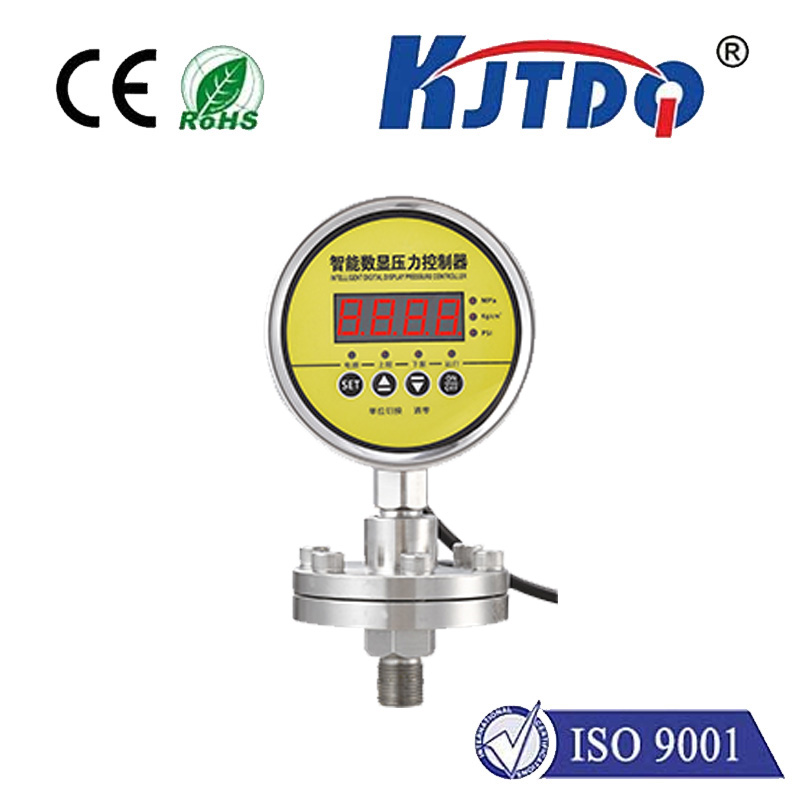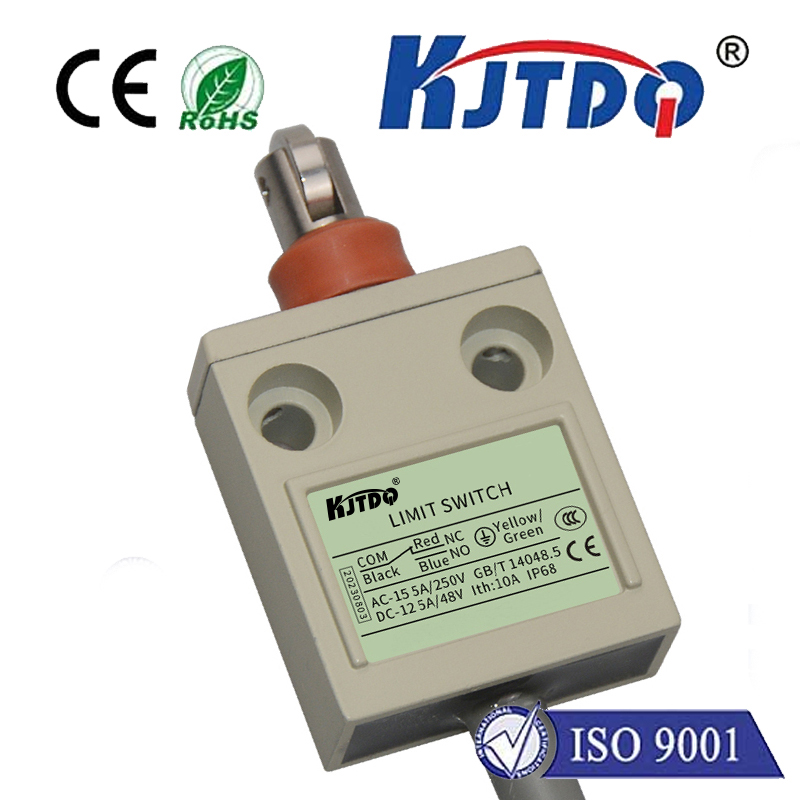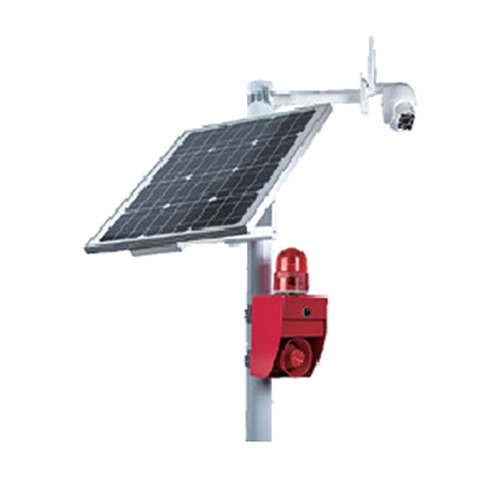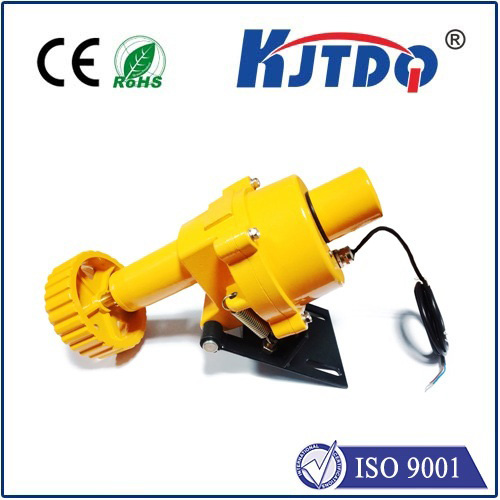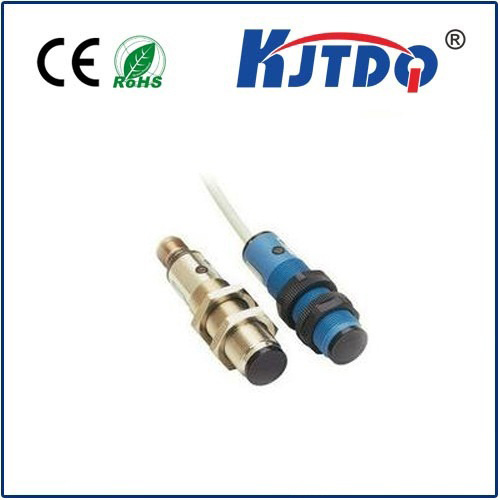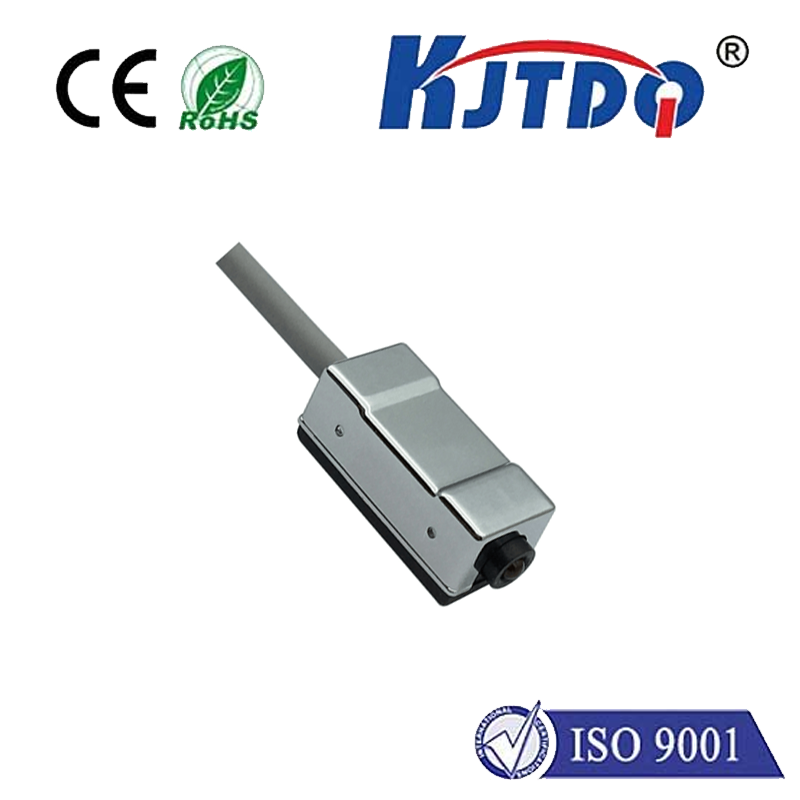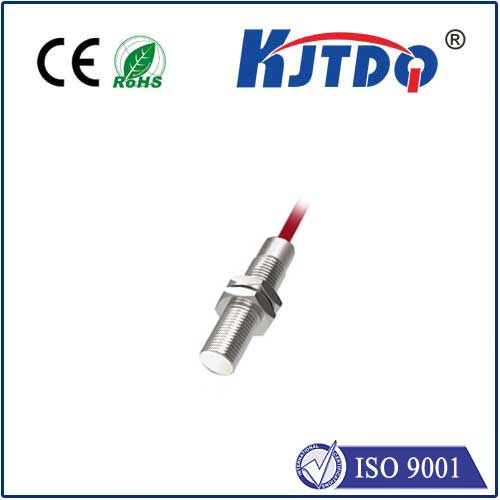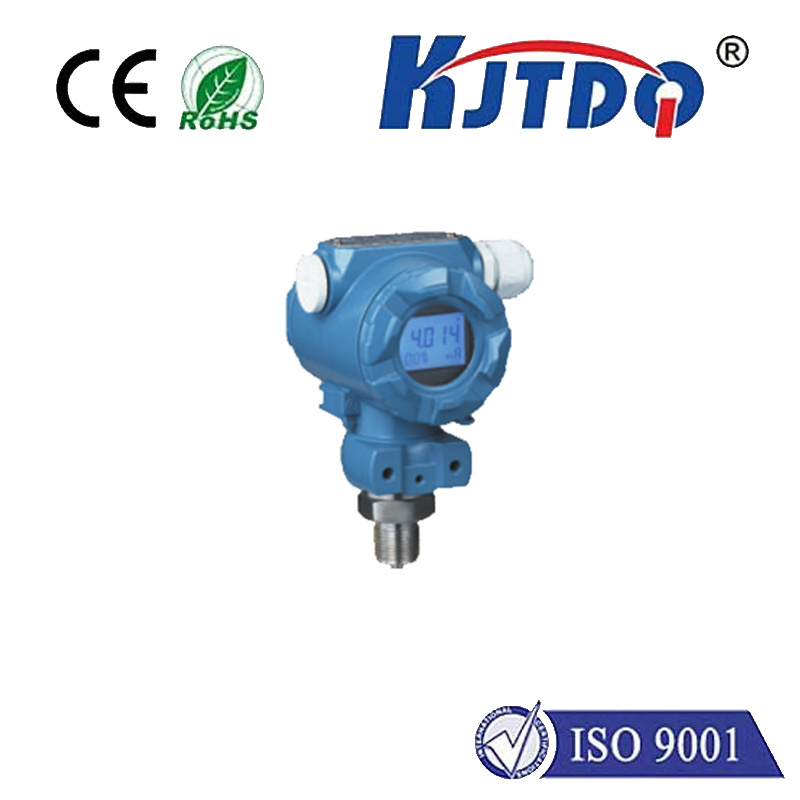digital optical sensor
- time:2025-08-14 12:57:37
- Нажмите:0
Digital Optical Sensors: The Tech That Turns Light into Data
From the moment you unlock your smartphone with facial recognition to the split-second adjustments of a self-driving car’s camera, digital optical sensors are the silent, ubiquitous eyes powering our modern world. They fundamentally transform light—photons—into digital data that computers understand. This article explores the fascinating world of digital optical sensors, delving into their core principles, technological variants, and the vast landscape of applications they enable.
Seeing the Unseen: The Core Principle
At its heart, a digital optical sensor detects light and converts it into an electrical signal that is then digitized. Imagine millions of tiny light detectors arranged in a grid (an array). Each detector, typically a photodiode or photogate, corresponds to a single picture element, or pixel. When photons strike a pixel, they generate electrical charge proportional to the light’s intensity and wavelength (color, in the visible spectrum). Sophisticated circuitry reads this charge from each pixel, converts the analog electrical signal into a precise digital value, and assembles this data into a complete digital image or light measurement dataset. This leap from analog photon capture to discrete digital data is what defines the modern digital optical sensor.
The Unsung Heroes: How They Work (Briefly)
- Photon Capture: Light enters the sensor, often filtered or focused by lenses or other optical elements. It lands on the pixel array.
- Charge Generation: Photons hitting a pixel’s light-sensitive material (like silicon) excite electrons, generating an electrical charge proportional to the light intensity at that precise location.
- Charge Transfer & Readout: Complex on-chip circuitry (often involving transistors) reads the accumulated charge from each pixel one by one or row by row. This is where sensor architecture (like CCD or CMOS) comes into crucial play.
- Analog-to-Digital Conversion (ADC): The analog charge values are fed into an Analog-to-Digital Converter. This vital step translates the varying voltage levels into discrete digital numbers (binary code), representing the brightness value for each pixel.
- Digital Image Formation: The stream of digital values from all pixels is processed (often applying color filters, noise reduction, gamma correction) and assembled into a complete digital image file (like JPEG, RAW) or streamed as a data feed.
Beyond the CCD: The Rise of CMOS Dominance

Historically, Charge-Coupled Device (CCD) sensors were the gold standard, especially for high-quality imaging in cameras and astronomy. CCDs excel in producing low-noise, high-fidelity images but require complex, power-hungry control circuitry off-chip and can be slower to read out.
Enter the Complementary Metal-Oxide-Semiconductor (CMOS) sensor. This technology integrates the photosensitive pixel element and the processing circuitry (like amplifiers and ADCs) right onto the same silicon chip. This integration revolutionizes the landscape:
- Lower Power Consumption: Fewer external components mean significantly reduced power needs.
- Faster Readout Speeds: On-chip processing allows much quicker access to image data, enabling high frame rates vital for video and fast-moving subjects.
- Cost-Effectiveness: Leveraging standard semiconductor manufacturing processes makes CMOS sensors cheaper to produce at scale.
- System Integration: The integration capability allows for “camera-on-a-chip” designs, enabling ultra-compact devices.
While early CMOS sensors struggled with image noise and quality compared to CCDs, relentless innovation has closed the gap dramatically. Today, CMOS sensors are the dominant force in nearly every mass-market application, from smartphones and webcams to industrial machine vision and automotive cameras.
Where Digital Optical Sensors See the World
The applications for these light-sensing marvels are truly staggering:
- Consumer Electronics: The most visible domain. Every smartphone camera, digital camera, webcam, laptop facial recognition system, and barcode scanner relies heavily on high-performance image sensors.
- Automotive: Advanced Driver-Assistance Systems (ADAS) and autonomous driving demand myriad sensors. Cameras for lane departure warning, traffic sign recognition, adaptive cruise control (using stereo cameras), and blind-spot monitoring are powered by rugged, high-dynamic-range optical image sensors. LiDAR systems also employ specialized laser-detecting sensors.
- Industrial Automation & Machine Vision: Digital optical sensors are the workhorses for quality control (inspecting products for defects), robotic guidance (visually locating parts), assembly verification, and precise measurement tasks on factory floors. Speed, accuracy, and robustness are paramount.
- Medical & Scientific Imaging: From capturing stunning details in digital microscopes and endoscopes to complex techniques like Optical Coherence Tomography (OCT) and confocal microscopy, specialized high-sensitivity sensors drive diagnostics and research breakthroughs. X-ray detectors often use indirect digital optical sensors converting X-rays to visible light first.
- Security & Surveillance: IP cameras, CCTV systems, facial recognition terminals, and motion detectors depend on sensors that perform well in various lighting conditions, often with infrared capabilities.
- Environmental Monitoring: Sensors measure light levels, water turbidity, air quality parameters (via optical scattering techniques), and plant health indicators.
- Gesture Control & Interactive Displays: Depth-sensing cameras (like time-of-flight sensors) and IR cameras track user movements for gesture interfaces or interactive kiosks.
Key Considerations & Trends
Choosing the right digital optical sensor involves trade-offs:
- Resolution: Number of pixels (e.g., 12 Megapixels). Higher resolution provides finer detail but requires more processing power and storage.
- Pixel Size: Larger pixels generally capture more light, improving low-light performance and dynamic range.
- Frame Rate: How quickly the sensor can capture full images, crucial for video and fast action.
- Dynamic Range: Ability to capture detail in both very bright and very dark areas of a scene simultaneously.
- Sensitivity & Quantum Efficiency: How well the sensor converts photons into electrons, especially important in low light.
- Rolling vs. Global Shutter: Global shutter captures the entire image simultaneously, essential for freezing fast motion without distortion; rolling shutter exposes rows sequentially, potentially causing skew.
Current innovation frontiers include:
- Backside-Illuminated (BSI) Sensors: Rearranging chip layers so light hits the photodiode first, significantly boosting low-light sensitivity and quantum efficiency.
- Stacked Sensors: Building processing circuitry beneath the pixel layer, enabling faster readout, more features within the same footprint, and potentially larger pixels for improved image quality.
- Event-Based Sensors: Inspired by biological retinas, these respond only to changes in light intensity at each pixel, offering incredibly high effective frame rates and low power for specific applications like robotics.
- Computational Imaging: Using sophisticated sensor designs combined with powerful processing algorithms to achieve results beyond traditional optics – think multi-camera phone arrays creating DSLR-like bokeh or enhanced zoom.
The Clear Vision Forward
Digital optical sensors are far more than just the cameras in our pockets. They are the foundational technology enabling machines to see, interpret, and interact with the visual world. As the CMOS technology continues its relentless evolution, driven by demands for higher performance, lower power, and deeper integration into intelligent systems, these sensors will become even more pervasive and capable. From revolutionizing healthcare diagnostics to enabling the autonomous vehicles of tomorrow, digital optical sensors are truly illuminating the path towards a smarter, more perceptive future. Their ability to transform the fundamental phenomenon of light into actionable digital data underpins countless innovations, solidifying their role as an indispensable component in the technological landscape.







